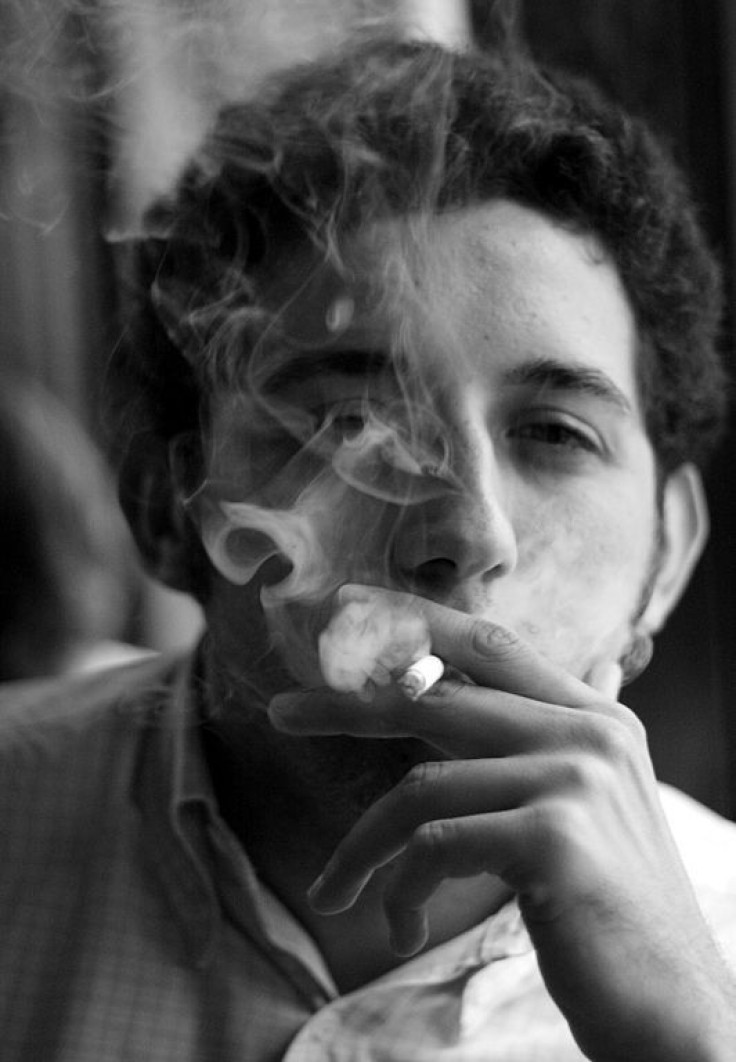Kids Exposed To Secondhand Smoke More Likely To Be Aggressive And Anti-Social

A relationship between secondhand smoke exposure and physically aggressive, anti-social behaviors in children has been discovered by researchers from the University of Montreal and CHU Sainte-Justine hospital.
Researchers found that children exposed to secondhand smoke while growing up or in the womb are more likely to grow up to be physically aggressive and anti-social, regardless of whether their parents were ever anti-social.
The study examined longitudinal data collected by Quebec health authorities on 2,055 children from birth to 10 years old. Researchers analyzed parent reports about secondhand smoke exposure, in addition to teachers' and children's reports on classroom behavior. They found that fourth graders who were aggressive were likely to have been exposed to secondhand smoke, even if it was just temporarily.
"Secondhand smoke is in fact more dangerous than inhaled smoke, and 40 percent of children worldwide are exposed to it," Dr. Linda Pagani, a professor at the University of Montreal's School of Psychoeducation and author of the study, said. "Moreover, exposure to this smoke at early childhood is particularly dangerous, as the child's brain is still developing."
While the study doesn't identify a direct causal relationship, the researchers say the statistics suggest a strong correlation to bad behavior in late childhood. The study is the first to factor in variables such as a parents' history of anti-social behavior and the prolonged influence of exposure to secondhand smoke.
"Previous studies looking at groups of children have generally asked mothers whether they smoked or not, and how much at each follow-up, rather than asking whether someone smoked in the home where young children live and play," Pagani said.
Secondhand smoke is classified as a "known human carcinogen" with more than 7,000 chemical compounds — 250 of them are known to be harmful and 69 of them are known to cause cancer, according to the American Cancer Society. There are also two different forms of the smoke: mainstream smoke (15 percent of total smoke), which is the smoke that is exhaled, and sidestream smoke (85 percent), which is the smoke that comes off the lighted end of a cigarette. Sidestream smoke is considered more dangerous because it has higher concentrations of carcinogens and smaller particles, which can make their way into the lungs and body's cells more easily than mainstream smoke.
Dr. Pagani emphasized the consequences smoke has on a baby inside the womb, including low birth weight and slowed fetal brain growth.
"Environmental sources of tobacco smoke represent the most passive and preventable cause of disease and disability," she said. "This study suggests that the postnatal period is important for the prevention of impaired neurobehavioral development and makes the case for the promotion of an unpolluted domestic environment for children."
Sources:
L Pagani, C Fitzpatrick. Prospective Associations Between Early Long-term Household Tobacco Smoke Exposure and Antisocial Behaviour in Later Childhood. Journal of Epidemiology and Community Health. May 2013. Accessed May 21, 2013.



























